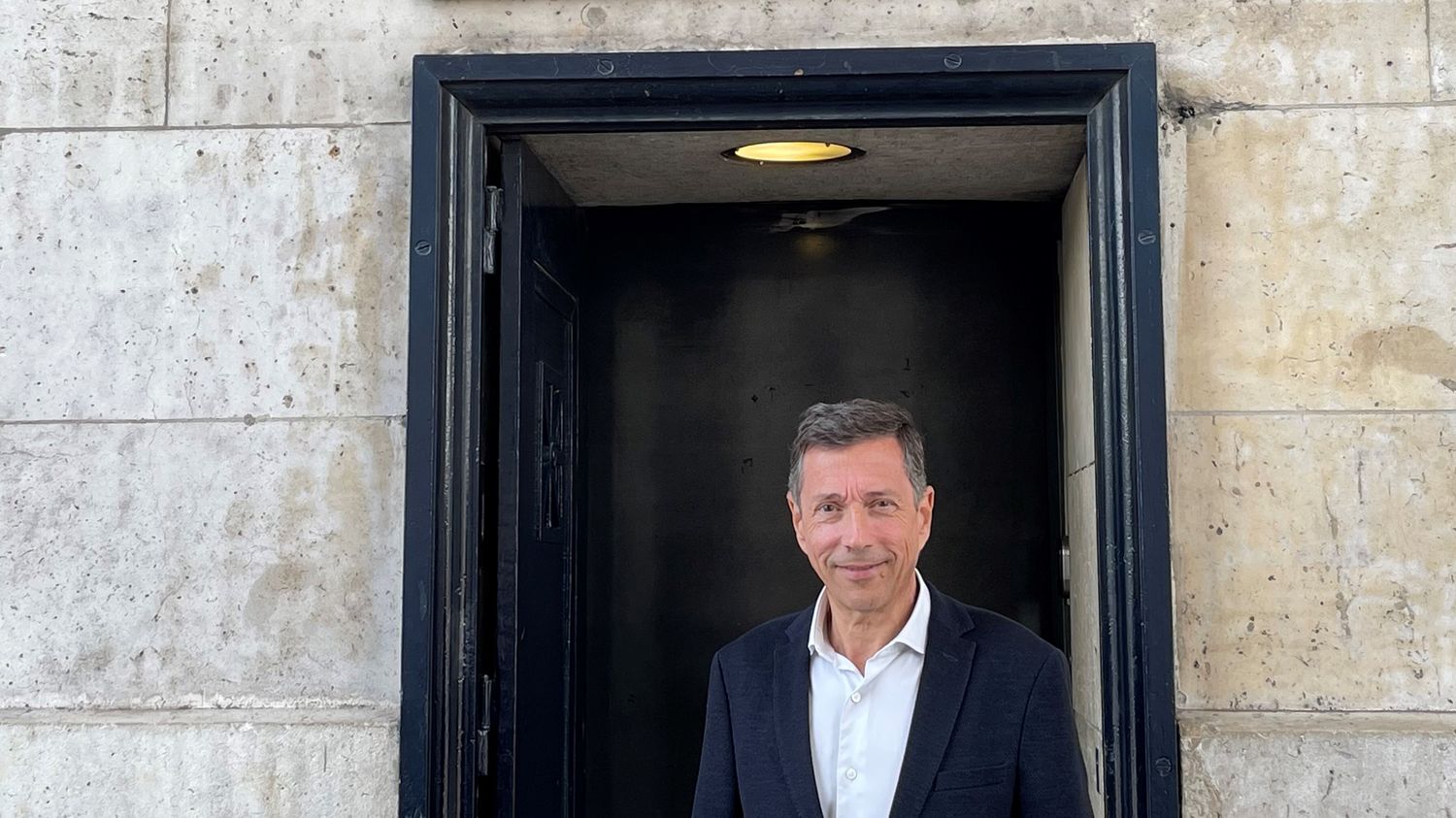Created 150 years ago, the Schindler brand now operates 150,000 elevators and escalators in France. The brand is highlighting its desire to modernize the sector.
Published
Reading time: 5 min

If you live in a big city, or have visited one, you have definitely come across the Schindler brand, even without realizing it. You have even used it: Schindler operates more than 150,000 elevators and escalators in France, “from social housing to offices at La Défense, to train and metro stations, including some prestigious sites, such as the Arc de Triomphe”, explains Philippe Boué, CEO of Schindler France. The elevator of the Arc de Triomphe, for example, dates from 1929.
The brand itself is older. Created 150 years ago, in 1874, it was established in France in 1969, via the acquisition of the Roux-Combaluzier brand.
Despite tens of thousands of installations, the elevator is still not everywhere today. “In France, only one in two residents of collective housing has an elevator in their building, explains Philippe Boué. This is the result of post-war policies where it was not mandatory for developers to install elevators. If we compare with two European neighbors, Spain and Italy, we have three times fewer elevators installed per inhabitant.”
Another problem is that the elevator fleet is clearly aging. “25% of the machines are over 40 years old today, without having been modernized, says the CEO of Schindler France. We are doing our best, of course, to ensure continuity. But at some point, obsolescence catches up with us. And then, access to spare parts for technologies that are 50 or 60 years old is extremely complicated.”
As for the environment, can we build greener elevators? “The elevator itself in operation is 540 kilowatt hours per year. That’s the equivalent of a dishwasher and a washing machine. So it’s rather frugal by nature, Philippe Boué advances. The carbon footprint will of course be linked to its manufacturing since it’s roughly 2,500 kilos of steel that we don’t manufacture on the street corner, obviously. So it has to be transported. And then it’s the ecosystem of maintenance, spare parts and circularity.”
